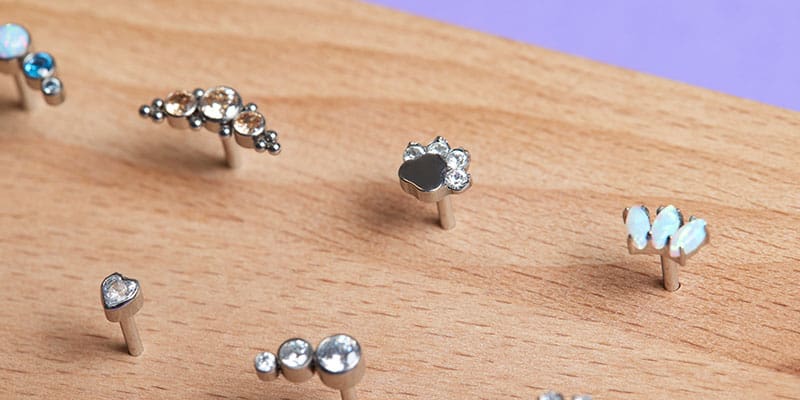What is nickel?
Nickel is a metallic element that is used in many manufacturing processes. It can be found in alloys, coins, and jewelry. Nickel can cause skin irritation and allergies in some people. If you are allergic to nickel or want to avoid it for whatever reason, then steer clear of products that contain it. This doesn’t mean that the product is not safe for other people. Many companies put their own trademark on their products with a warning label so there is no confusion about what quality they are offering.
Nickel and allergic reactions
The nickel content in a product is only one factor that should be considered. Other factors include how much it will be used and the proximity to the skin of the wearer. For instance, if something has been hypoallergenic tested as free of nickel, you can still have an allergic reaction to it if it is worn close to the skin on a regular basis. Some people might have an adverse reaction to a product because they are allergic or sensitive to nickel. This can happen even though there is no warning label on the item. It may also be possible for someone to not be allergic but still react negatively because they don’t realize what they are allergic to. Even products that claim to be hypoallergenic might still cause an allergic reaction for some people because of their high nickel content.
Nickel in jewelry
If you are buying jewelry for your little one, it is important to make sure that the jewelry does not have any nickel in it. There should be a warning label on the jewelry that says “nickel free”. This means that there is no nickel in this item. In addition to this, it’s important to know what type of metal the jewelry is made of as well. It can be made out of silver, gold, platinum or palladium. If you don’t want your child’s skin to turn green, then you would want to choose gold or platinum over silver or palladium. If all else fails and your child still has a reaction to the jewelry – talk with their doctor and medical professionals about how they can help.
Nickel in watches
The average watch has a nickel content of 2.2 parts per million (ppm). An item with a nickel content of 2.5 ppm or lower is considered hypoallergenic, while an item with a nickel content of 5 ppm or higher would be on the opposite end of the spectrum and may cause skin or other reactions. There are different levels of how sensitive someone can be, so it is important to know where you fall in that spectrum. Some people may only have a reaction if they put their watch on for 24 hours straight and others might have one after wearing it for just three minutes. It’s important to know what the answer is for you, which means knowing your personal sensitivity level.
Conclusion
Nickel is an essential metal that can cause allergic reactions in people with nickel sensitivity. In jewelry, watches and other products, the nickel content is often hidden, making it difficult to distinguish whether an item is nickel-free. There are a range of words that are used to designate a product that is free of nickel, including “hypoallergenic” and “nickel-free.”
